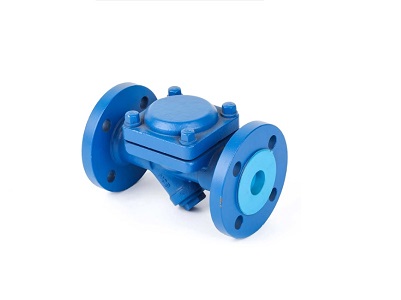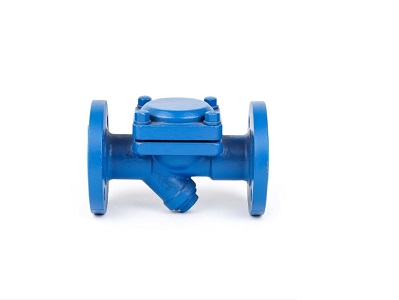Safety rate, that is, when determining the capacity of the steam trap, the estimated safety factor can ensure that the steam trap can work normally even if there is an error between the actual condensed water production of the steam using equipment and the marked capacity. This safety rate is neither stipulated purely in theory and cannot be obtained through calculation; nor is it completely derived from empirical data. Generally speaking, the best way to consider the safety rate is to ask the trap manufacturer directly. If the safety rate of the steam trap is not selected properly, the capacity of the steam trap will be too large or insufficient, which will have extremely bad consequences.
Steam trap safety ratio is too large
The large capacity of the steam trap increases the cost.
If it is a steam trap with intermittent action, too large capacity will lengthen the action cycle of the trap, increase the average retention of condensed water, and reduce the capacity of steam-using equipment.
For steam traps that operate continuously (proportionally) like float traps, due to the small opening of the disc, excessive capacity will cause roughening of the valve seat (when high-speed fluid passes through a narrow gap, the contact surface will Corrosion, forming grooves), damage the valve seat and cause leakage.
Shorten the life of the steam trap.
The safety ratio of the steam trap is too small
It cannot adapt to the load change of the steam using equipment, so that the operating efficiency is significantly reduced.
Condensate passing through traps often reaches maximum levels, leaving the disc and seat susceptible to corrosive damage.
Shorten the life of the steam trap.


 WENZHOU WEITUO VALVE CO., LTD.
WENZHOU WEITUO VALVE CO., LTD.